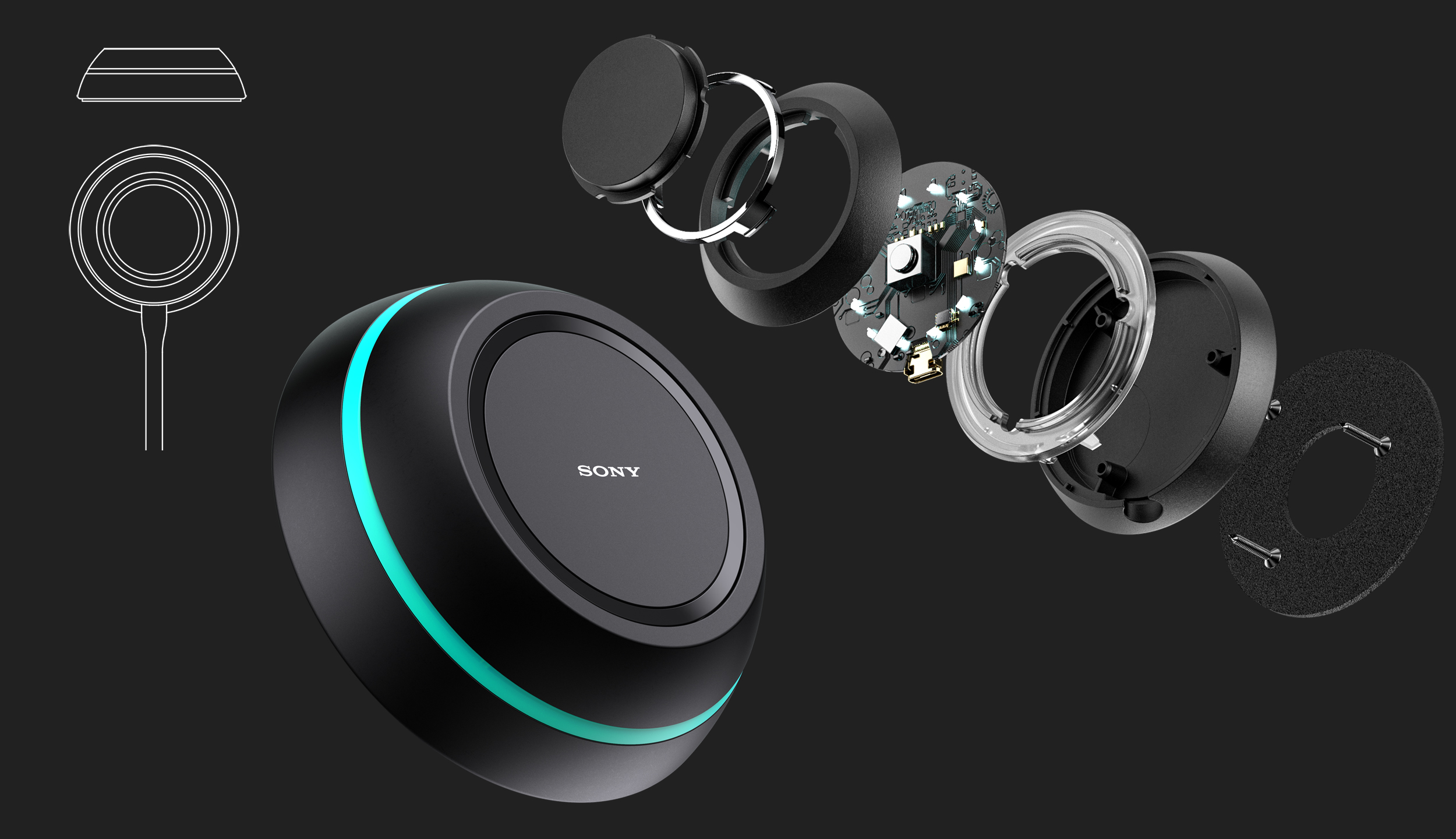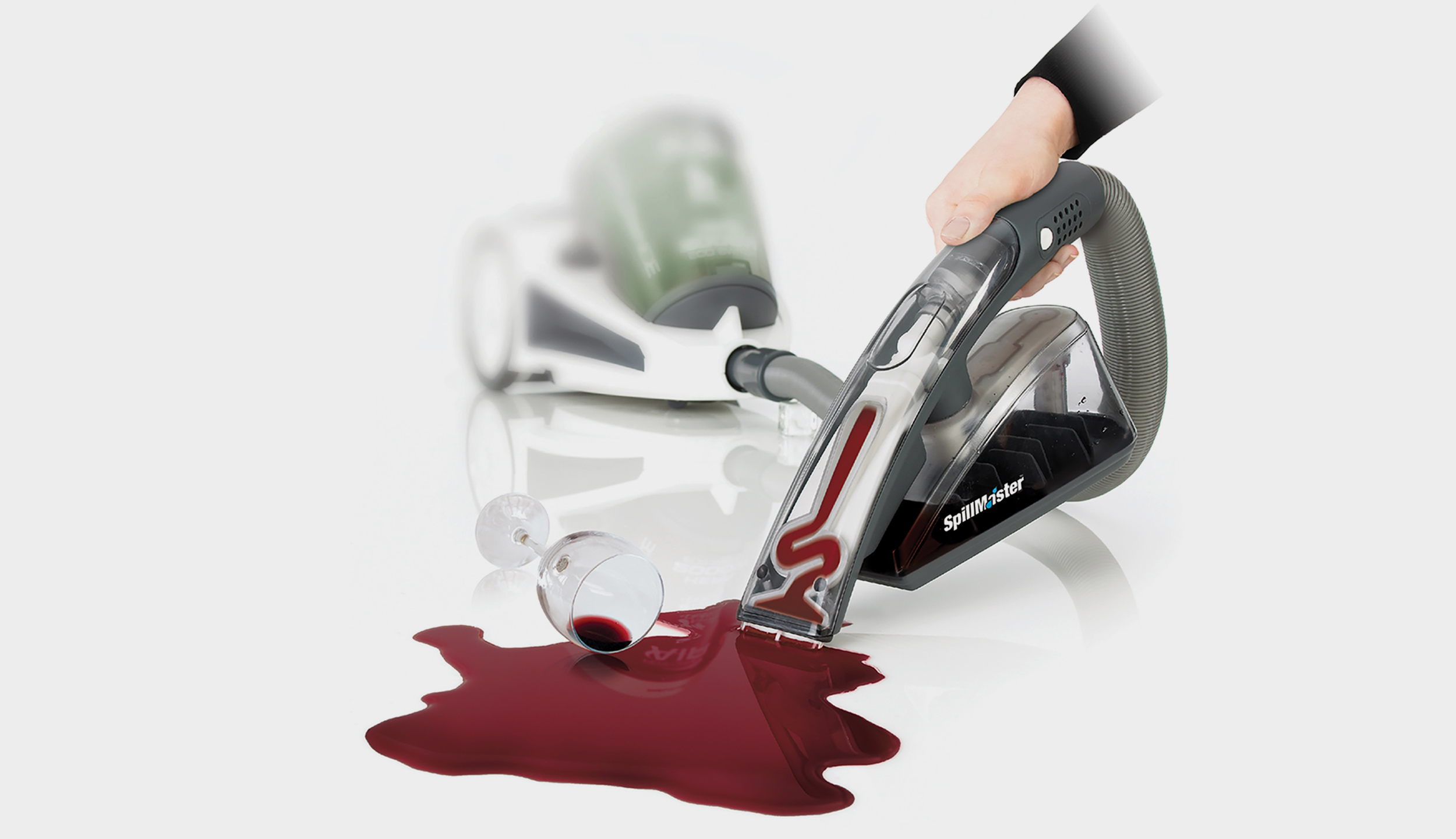Innovation in Consumer Electronics Design

The consumer electronics space is moving fast, driven by rapid tech and changing consumer needs. As a result consumer electronics design is evolving to meet customer needs. This article by Bluefrog Design, a leading consumer electronics design firm, looks at the key trends for the future of consumer electronics and what industrial design can do to make products win.
Table of Contents
Consumer Electronics Design
In the last few years the consumer electronics industry has gone through a big shift. Traditional products are being reimagined with smarts, creating a new world of IoT and connected home, requiring companies to develop innovative solutions. These changes haven’t just changed what consumer electronics do but how we use them. To stay ahead consumer electronics design companies need to keep innovating and adapting to the ever-increasing expectations of today’s tech-obsessed consumers.
Design in Consumer Electronics
Design is key to consumer electronics product development. It’s the art and science of creating a product that is functional and beautiful and meets the needs and expectations of the target market. A well designed consumer electronics product can differentiate a company from its competition, increase customer satisfaction and ultimately drive business success.
In consumer electronics design goes beyond just looks. It’s user friendliness, efficiency and reliability. A good design must consider the user experience, the product’s functionality and the manufacturing process. This means understanding the target market, the product’s purpose and the technology used to make it.
A consumer electronics design company needs to have expertise in industrial design, manufacturing and product development. They should be able to create designs that are innovative and practical so the final product not only looks great but meets the customer’s needs and expectations.

Industrial Design in Consumer Electronics
At the heart of every electronic product is industrial design. This is where aesthetics meets functionality to create a better user experience. Industrial designers at Bluefrog Design design products that look good and are practical and meet the brutal reality of daily use. Designing consumer electronic devices for mass production is key. In the competitive world of consumer electronics products that stand out in design and usability win big in the market so industrial design is part of the product strategy.
Designing for Mass Production
Designing for mass production is a key part of consumer electronics product development. It requires a deep understanding of the manufacturing process, the materials used and the product’s design. A well designed product should be easy to manufacture, assemble and test and meet strict quality and reliability standards.
In mass production even small design changes can have a big impact on the product’s cost, quality and reliability. So it’s essential to consider the manufacturing process during design. This means selecting materials and components that are available, designing for ease of assembly and testing and minimising the number of parts and the product complexity.
A consumer electronics design company needs to have expertise in designing for mass production. This means a deep understanding of manufacturing processes, materials and product design. They should be able to create designs that are efficient and effective so the final product meets the customer’s needs and expectations.
Consumer Electronics Product Design Process
Designing consumer electronics is a complex process with many stages. A well thought out product development strategy means products are developed efficiently from user research to understand needs and wants, then concept development where ideas are born and refined. Prototyping and testing follows where designers can iterate based on real world feedback. Understanding manufacturing processes and materials is key to making sure the designs are innovative but also manufacturable at a cost. Collaboration across all departments – design, engineering and marketing – is critical to align the product to market and consumer expectations.
Product Development Strategies for Consumer Electronics
Product development strategies for consumer electronics cover a broad range of activities from market research and product planning to design, development and testing. A well thought out product development strategy can help a company create a successful product that meets the needs and expectations of the target market.
One of the key parts of a product development strategy is user research. This is where you gain a deep understanding of the target market, their needs and expectations and the products they currently use. User research can uncover opportunities for innovation and differentiation so the product aligns to customer needs and expectations.
Another part of the product development strategy is the design process. This is where you create a design that is functional and beautiful and meets the product’s requirements and specs. A well designed product should be user friendly, efficient and reliable and meet the highest quality and reliability standards.
A consumer electronics design company should have expertise in product development strategy including user research, design, development and testing. They should be able to create a product development strategy that meets the company’s needs and goals and the customer’s needs and expectations.
In addition to user research and design a product development strategy should also consider the manufacturing process, the product’s cost and pricing and the market launch and sales strategy. A well planned product development strategy can help a company create a successful product that meets the needs and expectations of the target market and drives business success.
Consumer Electronics Design Companies
Consumer electronics companies have many challenges – rapid tech changes, shifting consumer tastes and intense competition. But these are also opportunities for innovation. By embracing new tech and new markets companies can create new products and lead the way. Adapting to trends and customer feedback is key for companies looking to stay and grow their market share by understanding and meeting the needs of their customers.
Product Design Examples
Learning from successful product launches gives great insights for new projects. Case studies show design thinking, problem-solving in real-world applications and strategic market introduction. They also highlight the importance of user-centric design and the impact of aesthetic and functional elements in consumer electronics.
End to End Product Development and Support
Offering full product development services from concept to market launch can help companies create innovative products that meet market needs. This end to end approach not only speeds up the product development process but also ensures consistency and cohesion throughout the whole process, better quality and market relevance. At Bluefrog Design we offer full spectrum support, we help our clients navigate the complexities of product development and keep costs and time to market in check.
Emerging Trends and Technologies in Consumer Electronics
The future of consumer electronics is being defined by emerging trends like artificial intelligence (AI), augmented reality (AR) and next generation 5G networks, so companies need to create innovative products. These technologies are not just making products better but creating new platforms for user interaction and connectivity. For companies in the consumer electronics space being ahead of the curve and open to change is key to innovation and survival.
In summary the intersection of technology and design is the next wave of consumer electronics. At Bluefrog Design we are leading the way in this space, making sure our designs meet and exceed the evolutionary requirements of the industry. For companies looking to make a big impact with their next electronic product partnering with an experienced design firm like Bluefrog can be the difference between success and failure in the market.
View more of our Product Development Services
If you would like to hear more on how we can improve the quality of your products or help with your product development, please contact Bluefrog Design at mail@bluefrogdesign.co.uk
FAQ’s on Consumer Electronics Design
Why is industrial design important in consumer electronics design?
Industrial design is the glue that binds form, function and user experience together, making products functional, beautiful and easy to use. It’s key to meeting customer needs by ensuring products are not only aesthetically pleasing but also practical and user friendly.
How does the consumer electronics design process work?
User research, concept development, prototyping and manufacturing. Each stage is critical to ensure products are developed efficiently and address both functionality and cost management.
Ready to get started on a project?
Socials



